Tuak, a traditional alcoholic beverage from Bali and other regions of Indonesia, is steeped in rich history and diverse uses.
This palm wine holds a significant place in Indonesian society, serving both ceremonial purposes and everyday social interactions.
Let's explore tuak, its cultural importance, and the traditions surrounding it.
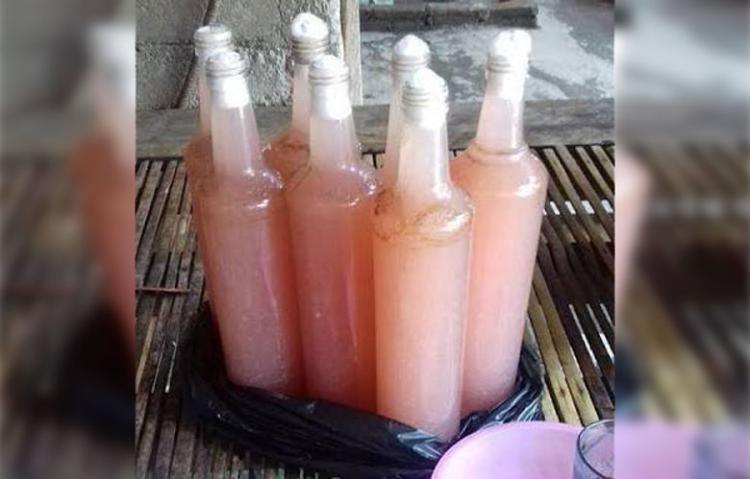
What is Tuak?
Tuak is a traditional alcoholic beverage made from the sap of various palm trees, including coconut palms.
This drink, which boasts an alcohol content of 4-7%, is an integral part of celebrations among many Indonesian people including the Balinese, Batak and Dayak. Outside of Indonesia, it also holds cultural significance for the Kadazan-Dusun, Ibans, and Dayaks in Malaysia.
The Historical and Cultural Significance of Tuak in Indonesia
Tuak's roots stretch back to ancient Indonesian history, evidenced by inscriptions and temple reliefs found in Borobudur and Prambanan, which depict the consumption of fermented beverages. This highlights tuak's role in ceremonial and daily practices long before colonial influences.
Tuak's tradition continued through Hindu and Buddhist migrations to regions like Bali and the Lesser Sunda Islands, where it remains integral to ritual and religious ceremonies. In Bali, a temple inscription from 1011 AD references tuak in the context of ceremonial offerings.
However, tuak's significance goes far beyond its ritualistic role; it also served as a symbol of cultural identity and played a key role in the innovation of local cuisine.
Ritual and Ceremonial Functions of Tuak
Tuak is often used as offerings to deities or ancestors. Spiritual leaders consume tuak to enter altered states of consciousness, facilitating communication between the earthly and spiritual realms. This practice is not merely ceremonial but reflects a belief that tuak can bridge the gap between humans and the divine.
For instance, the Flores people use moke, a variant of tuak made from the enau tree, in rituals like kalok when tribal leaders and elders consume moke to symbolise unity, and roko molas poco when moke is offered before constructing a new house.
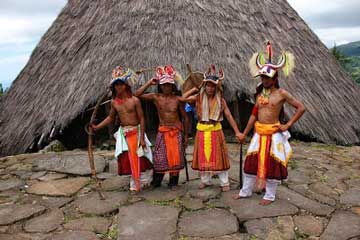
Similarly, the Dayak Ngaju tribe in Central Kalimantan uses fermented wine in rituals led exclusively by women, showcasing gender-specific roles in tuak's production and consumption.
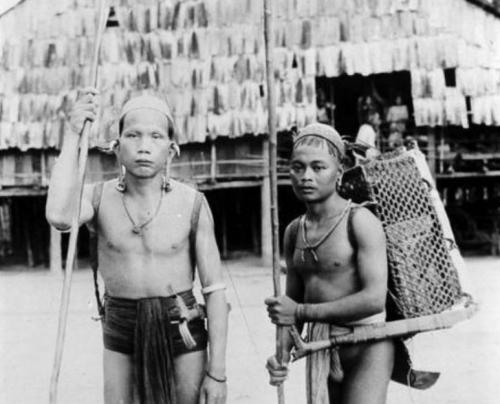
Tuak is employed in Balinese ceremonies like mecaru, where it complements sacred offerings to maintain cosmic harmony.
In North Sumatra, the Batak people use tuak during weddings and funerals. The folklore surrounding tuak includes the tale of Princess Sorbajati, who, under the influence of the drink, was transformed into a bagot tree. This legend led to tuak being affectionately known as "Sorbajati water".
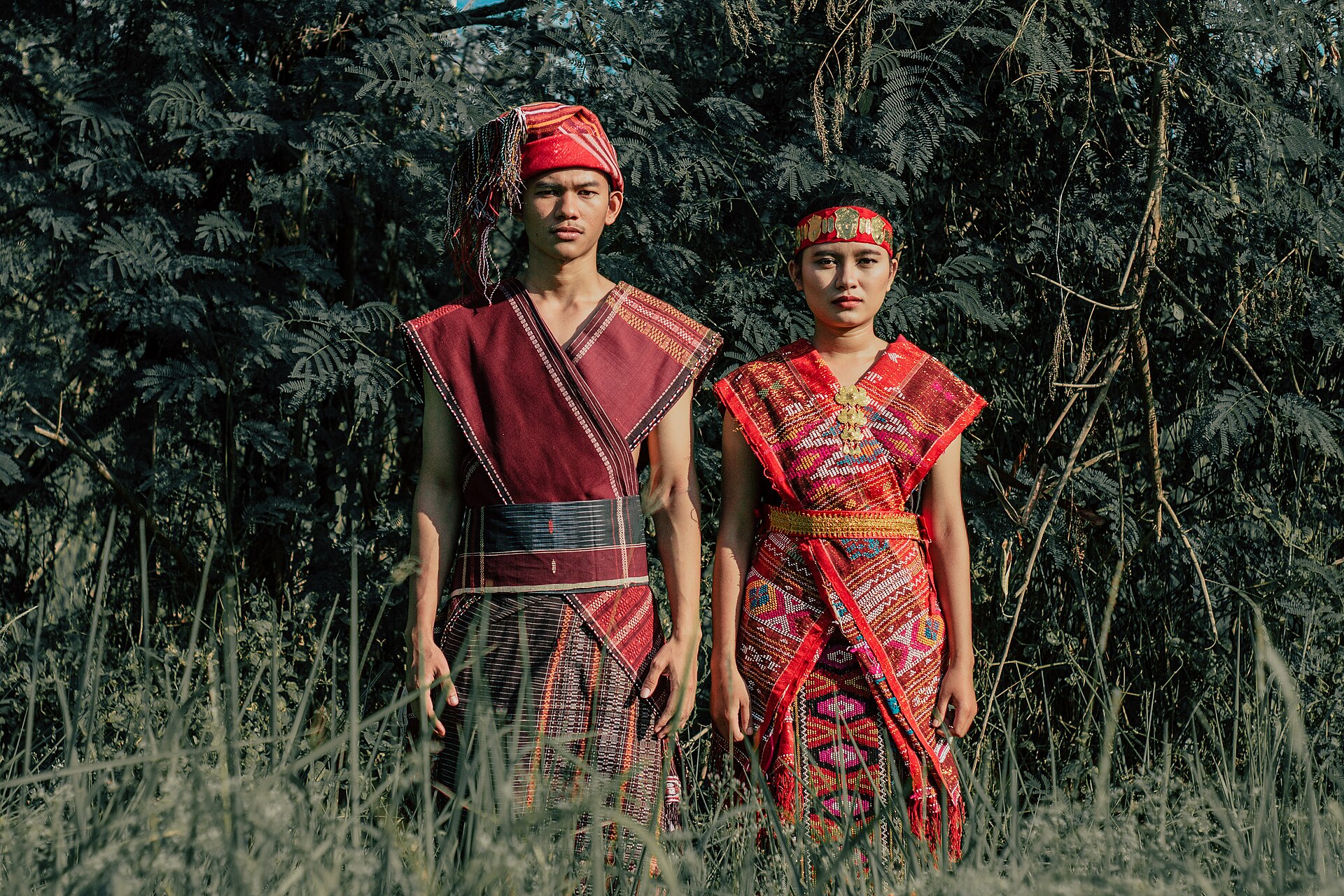
Social Functions of Tuak
Tuak drinking is used to foster social bonds and community spirit. Traditionally sold under trees or in dedicated stalls, it has evolved into a centrepiece of social gatherings.
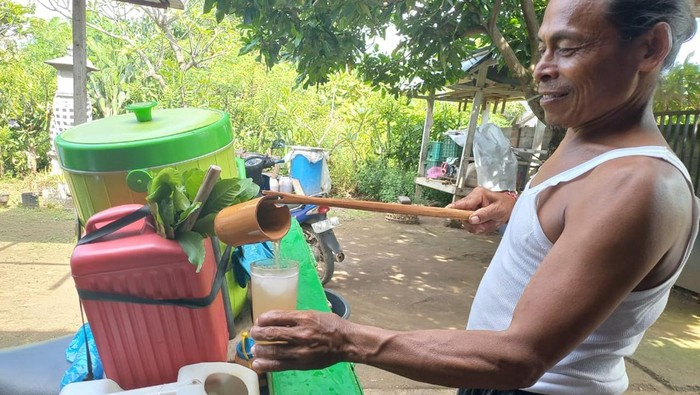
In the Toba Batak community, tuak is valued for its role in socialising and strengthening communal ties. Tuak stalls are social hubs where people gather to drink, converse, and celebrate.
In Karangasem, Bali, tuak is a vital part of traditional cultural events, such as Genjek—a musical art form where performers use only their voices to mimic the sounds of Balinese gamelan instruments like the gong and kendang.
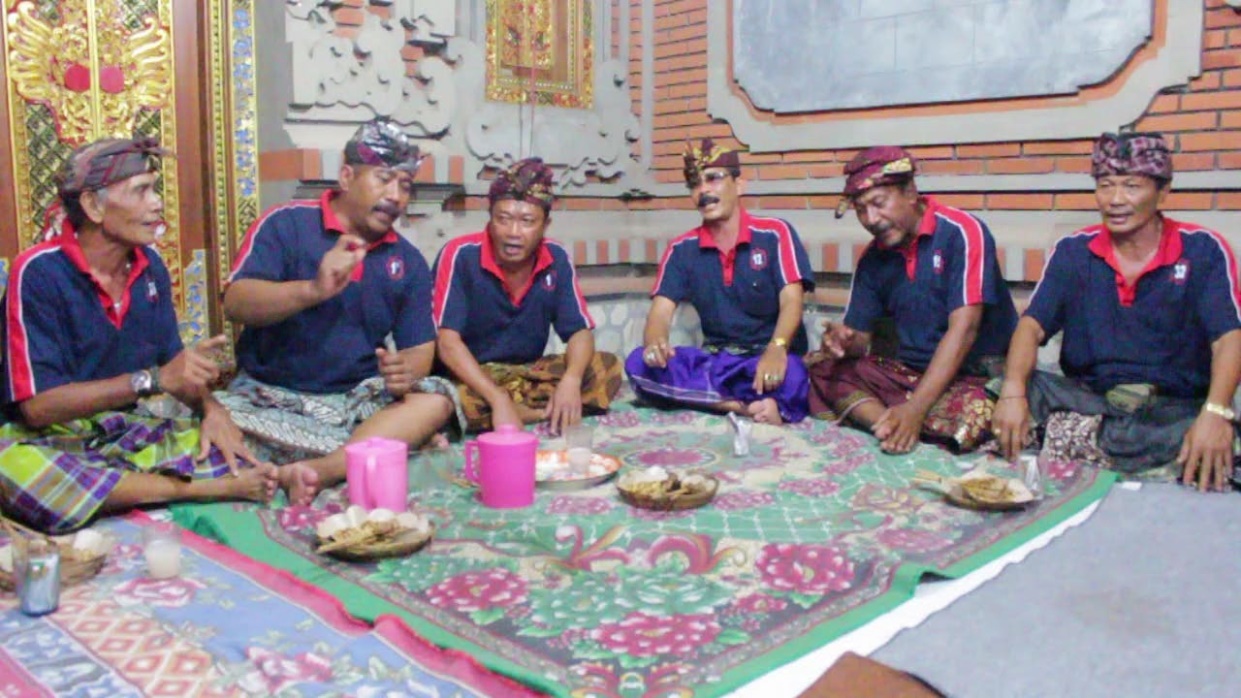
Practical Uses of Tuak
Beyond cultural and social significance, tuak serves practical purposes.
In highland regions, where temperatures can be chilly, tuak is used to help maintain body warmth. For example, Minahasa farmers of North Sulawesi consume Cap Tikus (a type of tuak) to stay warm during early morning work.
Balinese fishermen sometimes consume tuak in smaller quantities to keep warm at sea.
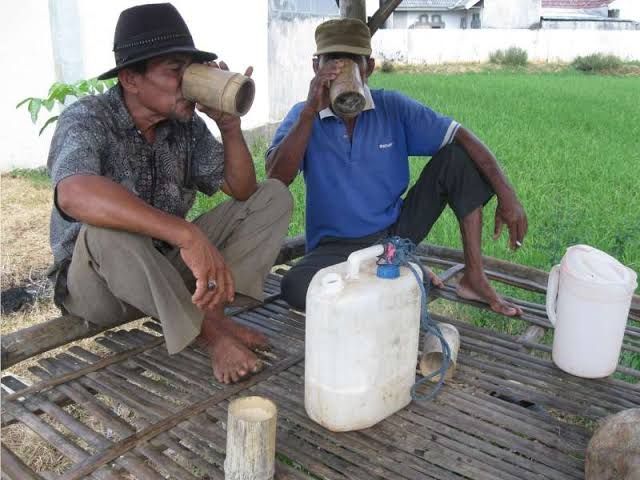
Production of Tuak
Tuak is traditionally crafted from the sap of palm trees, such as coconut palms (Cocos nucifera) and sugar palms (Arenga pinnata). The process begins with harvesting the sap, which is then fermented with natural yeasts and often includes special bark or roots to develop its distinctive flavour. While the best tuak is made during the early rainy season, it can be produced throughout the year.
The fermentation process of tuak is influenced by ambient microbes and plant-associated yeasts. This yields a drink with about 4% ethanol and a variety of other components, including monosaccharides, disaccharides, organic acids, and bioactive compounds such as saponins, phenols, terpenoids, alkaloids, and flavonoids.
Tuak Bali
Tuak Bali is made from the sap of various trees like jake (Arenga pinnata or sugar palm), nyuh (coconut), and ental (Borassus flabellifer). The variation of tuak prepared from rice is called brem.
The type of tuak produced depends on the tree from which the sap is harvested, leading to varieties such as Tuak Jake, Tuak Nyuh, and Tuak Ental.
Tuak Jake is primarily produced in regions like Tenganan and Bebandem. Known for its pleasant taste and neutral characteristics, Tuak Jake is quickly processed by the body, often leading to frequent urination.
The production process of Tuak Jake is intricate and time-consuming, taking up to 21 days. It involves a series of steps starting with ngayunan, where the jake flowers are swayed for an hour, followed by notok, where the flower stalks are pounded daily for two weeks. Once the flowers are mature enough, the nimpagang process begins, where the flower stalk is sliced, and the sap is collected. The sap is then tapped using a brengkong, a container made from the sheath of a betel palm tree, and can yield up to ten litres of tuak per day.
Tuak Nyuh, made in areas rich with coconut trees like Pikat, Pidpid, and Gunaksa, has a higher alcohol content than Tuak Jake. This variety is known for inducing dizziness quickly. The production process for Tuak Nyuh is similar to that of Tuak Jake, involving the tapping and collection of sap.
Tuak Ental, prominent in regions abundant with ental trees such as Merita, Culik, Tianyar, and Kubu, boasts the highest alcohol content among the three. It has a richer taste and can rapidly induce intoxication.
Freshly collected tuak is sweet, referred to as tuak manis, and is often mixed with lau, a unique concoction that enhances its flavour and alcohol content. Lau is made from powdered wood of the kutat tree mixed with powdered bark of the tabia bun chili tree. The taste of tuak can vary depending on how long it has been stored, with names like nasak badung for slightly bland tuak, semedah for a neutral taste, and tuak wayah or tuak bayu for tuak stored for one to three days. Beyond three days, tuak turns into vinegar.
To increase the alcohol content, tuak is sometimes fermented with additional laru (yeast) and then distilled to produce arak, a potent traditional Balinese liquor. This meticulous process involves traditional distillation techniques using earthenware and bamboo apparatus, creating a rich and flavourful arak that can be aged for up to two years. The quality of the final product, whether tuak or arak, reflects the skill and dedication of the artisans who continue this age-old Balinese tradition.
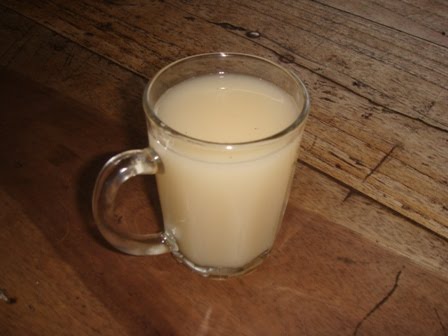
Tuak Bali’s Benefits and Nutritional Value
Tuak is known for its bubbly texture, and sweet-sour taste, thanks to the natural fermentation process which adds a range of organic acids, giving tuak its distinct earthy and fruity flavours.
Nutritional Benefits: Tuak is packed with natural sugars and bioactive compounds like saponins, phenols, and flavonoids, which are believed to offer various health benefits.
Microbial Fermentation: The fermentation process, driven by natural yeasts and bacteria, not only gives tuak its alcohol content but also enhances its flavour. The alcohol levels can vary widely, making it a versatile drink that ranges from mild to strong.
Minerals: Tuak is also a good source of essential minerals like magnesium, phosphorus, and potassium, which support overall health.
Community and Economic Impact of Tuak Bali
Beyond its nutritional value, tuak plays an important role in Balinese culture and economy. It strengthens community bonds and provides a vital income source for families in rural areas.
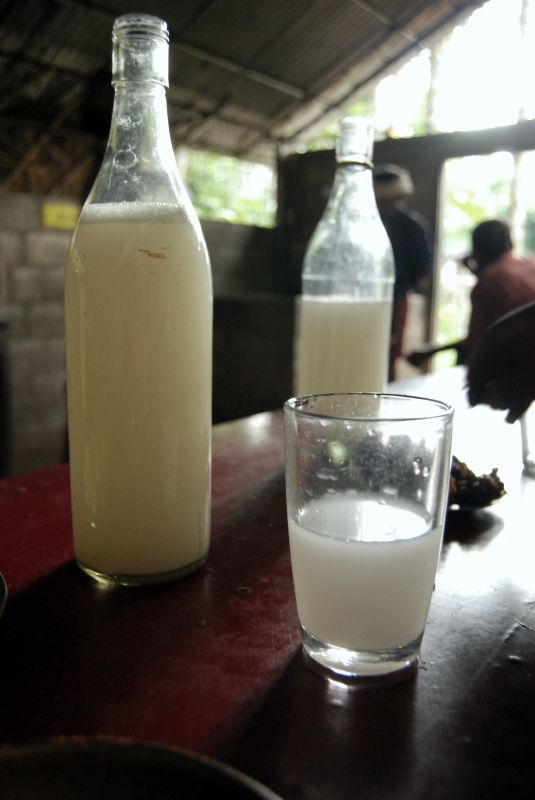
Conclusion
Tuak is not just a drink; it's a symbol of Indonesia's deep-rooted traditions and community spirit. From its integral role in rituals and ceremonies to its place in everyday social gatherings, tuak represents the rich cultural tapestry of Indonesian life.
By enjoying tuak, visitors are not only experiencing a unique aspect of Indonesian heritage but also supporting the preservation of local customs and livelihoods.
You can add one right now!